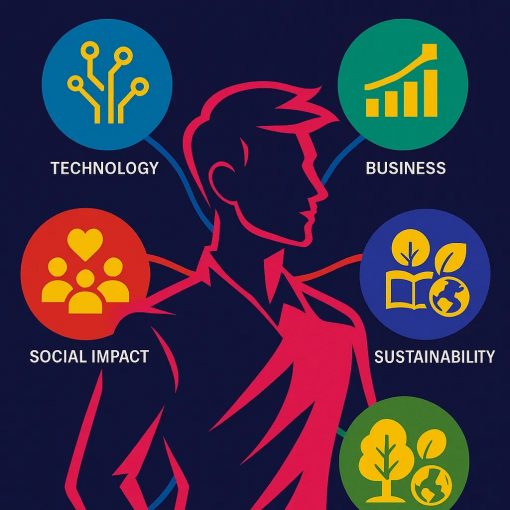Introduction:
I asked ChatGPT to create this short blog post (emphasis on short) on the role of precursors in the creation of the Internet to provide context to the blog post: Precursors and the Path Forward, Unlocking the Potential of the Metaverse. This is the result which I edited and it is not nuanced, but provides a touch point for considerations when making a tech leap. As you will notice there is a huge hole in this blog post which is the role\context of the main player; people!!!! people: social development\ education, the state\nature of the work place and peoples relationship to the personal computer. So here we go:
The internet, a revolutionary tool that has transformed the world, is the result of numerous political, technological, economic, social, legal, and environmental precursors. These forerunners played vital roles in paving the way for the digital age we now inhabit. In this blog post, we will explore some of the key elements that laid the groundwork for the emergence of the internet as we know it today. A short history of the internet
Using PESTLE as a framework for discussing precursors
A PESTLE analysis is a tool used to gain a macro picture of an industry environment. PESTLE stands for Political, Economic, Social, Technological, Legal and Environmental factors.
Political Precursors:
The origins of the internet can be traced back to the Cold War era when the United States faced a need for robust communication systems that could withstand nuclear attacks. As a response, the U.S. government funded research initiatives such as ARPANET (Advanced Research Projects Agency Network) in the 1960s. These endeavours aimed to develop a decentralized communication network that could operate even if some nodes were destroyed.
Technological Precursors:
The development of packet-switching technology was a critical milestone on the path to the internet. Paul Baran, Donald Davies, and Leonard Kleinrock made significant contributions to this concept, which involved breaking down data into smaller packets that could be routed independently across networks. This approach laid the foundation for the reliable and efficient transmission of data over long distances.
Internet history timeline: ARPANET to the World Wide Web
5 milestones that created the internet, 50 years after the first network message
Economic Precursors:
The rise of personal computing in the 1970s and 1980s greatly contributed to the internet’s eventual success. Companies such as Apple and IBM popularized affordable and accessible computers, making them commonplace in homes and offices. As more individuals gained access to computers, the demand for interconnectedness grew, fostering an environment conducive to the emergence of the internet.
Social Precursors:
The social aspect of the internet can be attributed to the development of online communities and bulletin board systems (BBS) in the 1970s and 1980s. These early forms of digital interaction provided individuals with opportunities to communicate, share information, and collaborate in virtual spaces. The advent of email services further enhanced the social connectivity and laid the groundwork for the future development of social media platforms.
Legal Precursors:
Several legal milestones played a crucial role in shaping the internet. The passing of the Telecommunications Act of 1996 in the United States deregulated the telecommunications industry, facilitating greater competition and innovation. Additionally, the adoption of laws protecting digital privacy and intellectual property rights helped establish the necessary legal frameworks to support the growth and development of the internet.
Environmental Precursors:
The environmental precursors to the internet are often overlooked but are equally significant. The establishment and expansion of physical infrastructure, such as telecommunication networks and undersea cables, played a pivotal role in enabling global connectivity. The development of satellite communications also contributed to bridging the digital divide, ensuring internet access in remote areas.
Conclusion:
The internet, an unparalleled force in the modern world, emerged as a result of a multitude of precursors from various domains. Political, technological, economic, social, legal, and environmental factors converged to shape the internet’s evolution. Acknowledging and understanding these precursors allows us to appreciate the intricate web of influences that gave rise to this transformative technology. As we move forward, it is essential to reflect on these foundations and consider the potential for future advancements and the societal implications they may bring.
Reference:
Segaller, S. (1998). Nerds 2.0.1: A Brief History of the Internet. New York: TV Books.




3 thoughts on “The Precursors to the Internet: Unveiling the Foundations of the Digital Age”